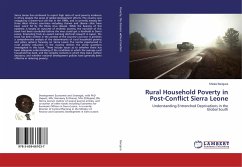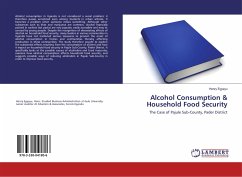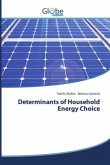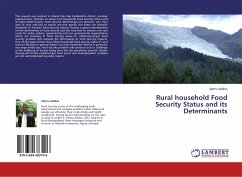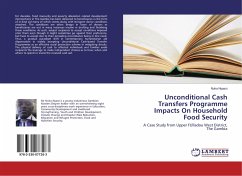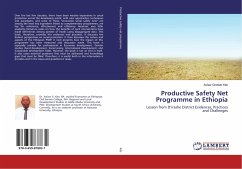The study aims to examine the extent of poverty and vulnerability of female- headed households in a way of making comparison with their male counterpart in kebeles of Abreha We Atsebeha, Semharato,Fereweyni and Sendada. It also tries to identify the determinants of poverty in both households. the research use a single cross-sectional data of 2006/7 household income, consumption and expenditure survey of young lives project. For analyzing the result, the researcher has employed Foster, Greer and Thorbecke (FGT) index, probit, OLS, and Chaudhuri et al. (2001) models. Analyzing household poverty status is an ex- post measure. But for thinking about forward-looking anti-poverty interventions that aim to prevent rather than alleviate poverty, what really matters is the vulnerability of a household to poverty. With this regard, vulnerability to poverty is analayzed.
Bitte wählen Sie Ihr Anliegen aus.
Rechnungen
Retourenschein anfordern
Bestellstatus
Storno


